What? So What? Now What?
The What? So What? Now What? model is reflective thinking model that originated in 1970 by Terry Borton (Ochoa, 2023). Borton, an American school teacher, wrote a book called Reach, Touch and Teach, which created the framework for the What? So What? Now What? Reflective practice. Later, in the early 1990’s, John Driscoll expanded Borton’s work to create a cycle that could be used in clinical practice. Through the decades this reflective thinking model has been adapted and is often used in the classroom as a strategy to help students deepen their learning. Adriene Gear has created a primary and intermediate worksheet to help ‘nudge’ students to enhance their learning. These worksheets are featured in her book Powerful Thinking, which we use as a textbook in EDCI 402.
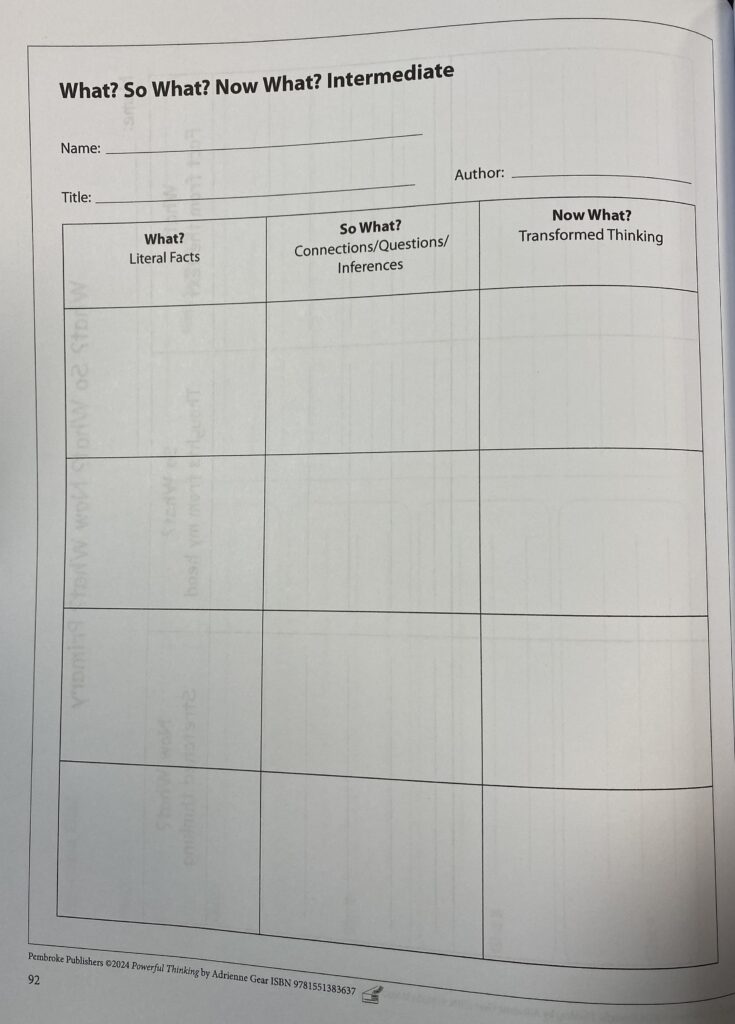
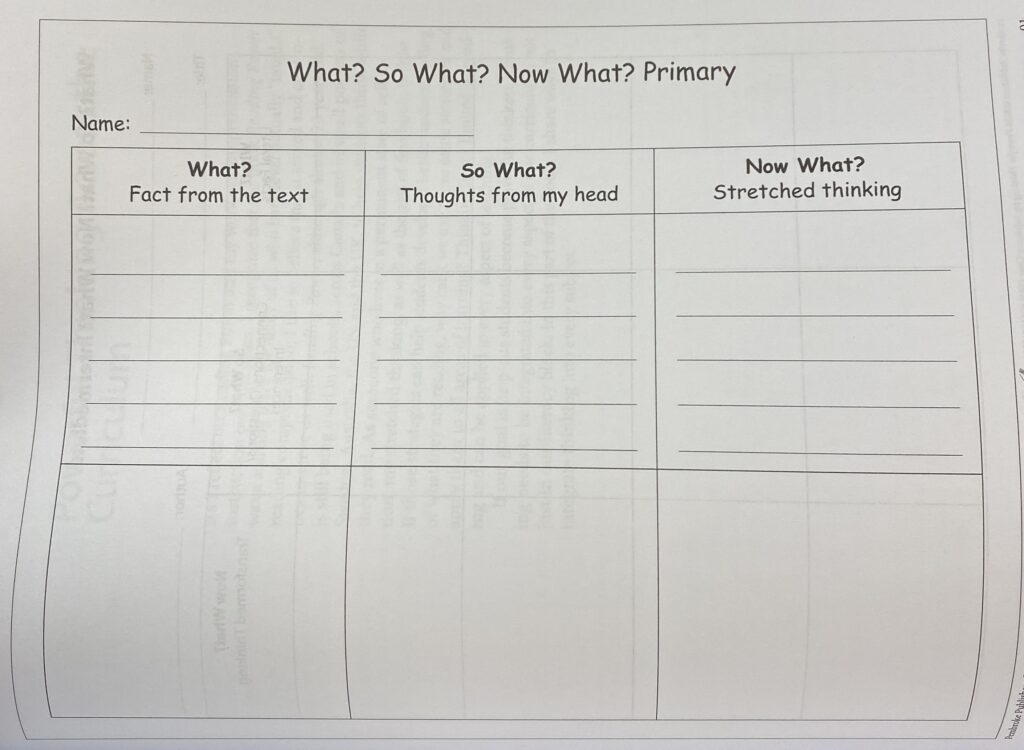
While gear uses this approach to help nudge students from a starting point to deeper learning, the approach originated as a reflective practice to allow for reflection and different perspectives. The concept behind this thinking model is to develop problem solving strategies that allows an individual to Identify (What?); Understand (So What?); and Plan for the future (Now What?).

Phase 1 – What?
This is what is known as the descriptive stage according to Daniela Ochoa in her 2023 article. This phase prompts an individual to gather information and facts about an event, experience or situation that has occurred. Individuals are asked to identify what has occurred without use of judgment or pre-conceived notions.

Phase 2 – So What?
The interpretive stage. Individuals examine how they feel about the event or experience, and identify the consequences or impact. Individuals are asked to explore feelings and emotional responses without putting blame or judgment to those feelings. It is essential that individuals use prior knowledge or behaviour pattern as a way to connect to a more meaningful interpretation.

Phase 3 – Now What?
This is the final stage and what is known as the action planning stage according to Ochoa. In this phase, individuals identify what steps need to be taken to improve the situation. It is a way to move forward from the event and essentially learn from the experience whether positive or negative. Carol Dweck’s teaching state that in order to achieve a growth mindset, one must embrace challenges and learn from mistakes in order to have growth and development. This final stage of Borden’s reflective cycle aligns with that of Dweck’s work in that in order to grown and learn from one’s experiences, one reflects on what has occurred in a thoughtful manner, without blame or judgments.

Real-Life Example
What?
Last year, during an in-situ teaching experience, I worked with a Grade 4/5 class to create skits. I was paired with two other teacher candidates, and together we formed a group with five students. Throughout our three working sessions, I struggled with maintaining control of the group. I feared that if I took a more authoritative role, my fellow teacher candidates might feel I was dominating the group, leading to an imbalance in leadership. It felt like a “too many cooks in the kitchen” scenario, which ultimately led to a chaotic environment. As a result, the students became disengaged, and on performance day, only three of the students participated in the final performance of the skit.
So What?
This experience highlighted the need for stronger classroom management and strategies to engage students effectively. My hesitation to take charge was influenced by the fear of being seen as controlling, which in turn impacted my confidence as a leader. I now realize that building a positive rapport with students before beginning activities is crucial for establishing a productive environment. Additionally, staying firm in my ideas and taking a more confident lead will help me guide future students more effectively.
Now What?
Moving forward, I plan to set clear expectations for behavior and engagement at the start of each session. While working in a group, I will make sure to share my ideas and actively listen to my colleagues, but I will also step up when necessary to keep the group on track. To reduce my nervousness and increase my confidence as a leader, I will focus on thorough preparation and rehearsing my material. By doing so, I can approach future teaching opportunities with more control and clarity.
Works Cited
Happy. (2024, February 13). Carol Dweck’s Teachings on Growth Mindsets – Summary – Hippocratic Corpus. https://www.hippocraticcorpus.com/121/philosophy/carol-dweck-teaching-growth-mindsets-summary/
Gear, A. (2024). Powerful thinking: Engaging Readers, Building Knowledge, and Nudging Learning in Elementary Classrooms.
McLeod, S., PhD. (2024, September 3). What? so what? now what? Critical Reflection model. Simply Psychology. https://www.simplypsychology.org/what-so-what-now-what.html
Ochoa, D. (2023, July 28). What So What Now What (Reflective Model & Examples). Thinkific. https://www.thinkific.com/blog/what-so-what-now-what/
What? so what? now what? Model of reflection. (n.d.). https://studyprism.co.uk/reflective-practice/models/what-so-what-now-what-model-of-reflection/


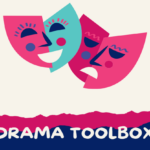
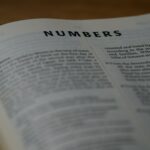

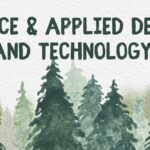
judi61
February 24, 2025 — 12:49 pm
Melissa,
I am pleased to see the connections to your learning as you addressed the Reflective thinking model to Carol Dweck and Adrienne Gear’s work! This transfer of knowledge that you made in your readings and experience shows growth in your thinking and learning. Well done! I appreciate the extra research that you included as well! Your work is spot on!